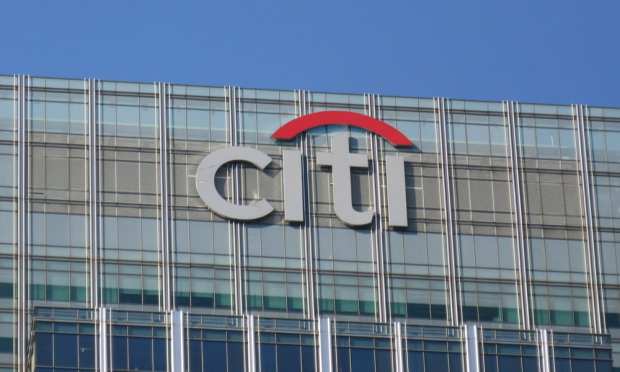Citi Warns Of Pressure On Consumer Spending, Looks For Digital Growth Opportunities

Citigroup’s Q3 earnings report on Tuesday (Oct. 13) indicated that things are looking a bit stronger than expected in the results department, as the firm showed early signs of stabilizing in the wake of the great COVID-19 disruption. Citi touted a story of stabilization in the midst of a global health pandemic.
“We continue to navigate the effects of the COVID-19 pandemic extremely well,” CEO Michael Corbat noted in a statement. “Credit costs have stabilized; deposits continued to increase.”
Citi still reported credit losses, but those declined to $1.9 billion from $2.2 billion in Q2, while the firm’s overall cost of credit also dropped to $2.26 billion from $7.9 billion on a quarter-over-quarter basis.
But stabilizing aside, consumers continued to struggle through the economic downturn, while extremely low interest rates ate up profit margins on lending. Those factors combined to continue to depress revenues in consumer banking.
Citi also slightly slowed the pace of hedging against its loan portfolio, taking $2.26 billion of loan-loss provisions in the quarter. It had already set aside more than $7 billion during the last two quarters.
Citi’s credit card business also continued feeling the bite of the COVID-19 recession, with revenue from cards declining 18 percent and pending volume by customers down 10 percent.
“We are still in the midst of a crisis,” Corbat noted in his call with analysts after the results went public. “And so, we’re very much still seeing pressure on purchase sales. It’s better than it was in the prior quarters, but there certainly is still pressure there. We’re seeing that across the franchise.”
Notably, Citi expects to continue to see that across the franchise for some time to come. The bank is now predicting both a higher U.S. unemployment rate and a slower pace of economic recovery than it did in July when it last reported earnings.
On the brighter side, Corbat repeatedly called out the bank’s expanded investments into digital services and the strong traction it has seen in digital banking services, particularly mobile deposit services, as well as the growing success of the digital card they began issuing for Wayfair in September.
And though the pandemic environment has served up a steady slew of challenges, Corbat noted, it has also provided an opportunity for Citi’s entire executive team to “learn things about their business.”
“We’re learning things about and identifying opportunities for our business. For example, the investments that we’ve made in digital have turned out to be very wise investments, given that the acceptance of digitization has probably been accelerated by a couple of years now,” he said.
The challenge now, Corbat noted, is continuing to grow and diversify the bank’s revenue mix, and to pinpoint opportunities to extend those revenue-generating elements of its business model more efficiently over digital channels.
All told, Citi’s headline Q3 earnings came in at $1.40 a share, far stronger than the 93 cents analysts had forecast. Revenue came in slightly higher than expected, at $17.3 billion versus the $17.2 billion analysts had predicted.
